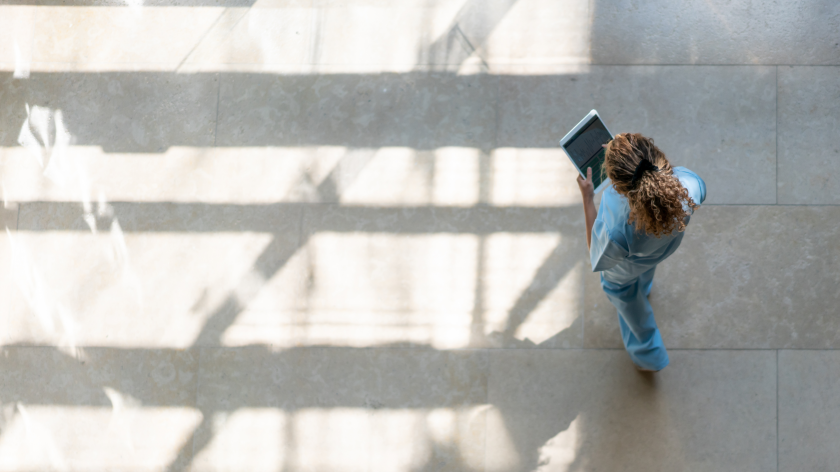The following blog is up-to-date as of Nov. 4, 2020.
As a company whose mission is to make people healthier and enhance and protect their lives, we understand that there has never been a more critical time to remain steadfast in our pursuit of health improvement.
The novel coronavirus (SARS-CoV-2) or COVID-19 has made its way across the globe since December 2019 and continues to be an emerging pandemic. Public health experts have learned more about how you can protect yourself, your family and your community against this virus. Here’s our recap to-date:
- Build your resilience by eating well, sleeping well and being active. Just as you protect yourself against any illness, get enough rest, eat right and exercise regularly.
- Wear a face covering anywhere you will be around people outside of your household. Wearing a face covering is especially important in helping reduce the risk of infecting others if you are infected and don’t know you have it. In fact, recent evidence suggests that up to 40% to 45% of people infected with the coronavirus (SARS-CoV-2) may never be symptomatic but still can transmit the virus. Viral spread from people without symptoms may account for more than 50% of transmission events in COVID-19 outbreaks.
- Practice physical (social) distancing. Stay 6 to 10 feet away from others when you do go out. The coronavirus is spread easily from person to person through close contact and through dropletsin the air. When someone with the virus breathes, talks, shouts, sings, coughs or sneezes near you, you can easily breathe in the virus.
- Practice everyday preventive habits:
- Practice proper handwashing. See the CDC’s guidefor a reminder.
- Avoid touching your eyes, nose and mouth. Many germs, including the coronavirus, can enter your body through membranes in your eyes, nose and mouth which is why it’s a good idea to keep your hands away from your face.
- Clean and disinfect often. Germs, including the coronavirus, live on surfaces for hours to days, so cleaning frequently is a must.
- Practice social distancing. The term “social distancing” has become part of our lexicon as to how we can best prevent the spread of the coronavirus. When we practice social distancing, we help flatten the curve of the spread, avoiding the sharp rise in new cases all at once. Our healthcare system is not capable of taking care of mass numbers of sick people all at once, but if we as a community slow the spread of the coronavirus by minimizing our contact with other individuals, the healthcare system can take on the surge of ill people, over a longer period of time. Considering that there is no vaccine and the care for those who become severely ill is very intensive, practicing preventive and community–wide strategies is our only defense. Learn more here, and:
- Minimize your social contact – especially if COVID-19 is spreading in your region and if you fall in a high-risk group(over age 60, have heart disease, lung disease, diabetes or other chronic conditions). This means staying at home more often and following your local health department guidelines. It may also mean cancelling in-person social events and travel plans.
- Avoid close contact with people who are sick.
- If you do experience symptoms, follow the measures listed below. (Symptoms include fever, dry cough, difficulty breathing and others.)
- Stay home and avoid contact with others.
- Cover your cough or sneeze with a tissue, or sneeze or cough in your elbow.
- Wear a facemask if you are sick.
- Call your healthcare provider. If you can, make an appointment via telemedicine. Be sure to follow your doctor’s instructions for next steps.
Finally, the Centers for Disease Control and Protection (CDC) and the World Health Organization (WHO) release new information often as we learn more about the coronavirus and its impact. One good resource from the CDC includes a checklist on how to prepare your household. Also, many states have hotlines. For information, go to your local or state health department’s website to learn more about information local to you.






